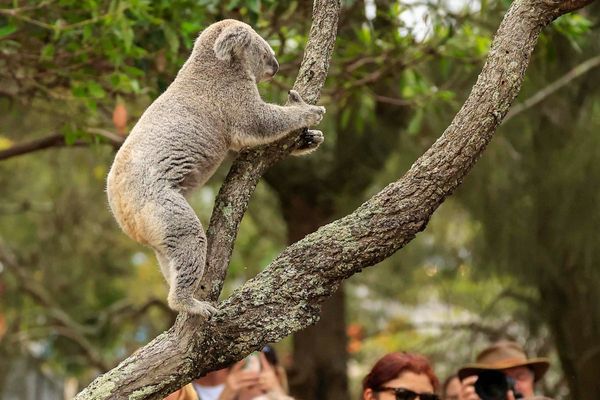
A key element of human existence and the prospects for people surviving or thriving was the weather and general climate.
Archaeologists have always been able to tell us something about this when digging up Roman or bronze age settlements by using animal bones and burnt seeds as clues. It shows what farmers grew or hunters could catch. But further back in time this becomes more difficult.
Teams working in the vicinity of Stonehenge, in Wiltshire, on a landscape with the marks of human occupation going back almost 10,000 years, have improved on this. Using DNA from undisturbed layers of sediment, they have been able to find out what plants and trees grew nearby.
Animal bones and other evidence added to the picture of landscape, climate and vegetation along the ancient River Avon. Among the finds were the hoof prints of aurochsen, the giant prehistoric cattle, one of which could feed 200 people at a feast.
The presence of willow at the earliest dates, which was followed thousands of years later by apple, rose, dogwood and ivy, suggests light woodland. Later plants, including thistles, bindweeds and nettles, provided evidence the area was gradually drying out, giving way to the current grassland. Compared with the sudden climate changes our children can expect, our ancestors had ample time to adapt.







